IMF highlights risks of domestic borrowing in sub-Saharan Africa
PALOPs: IMF capital increase provides almost $1.3B – Lusa
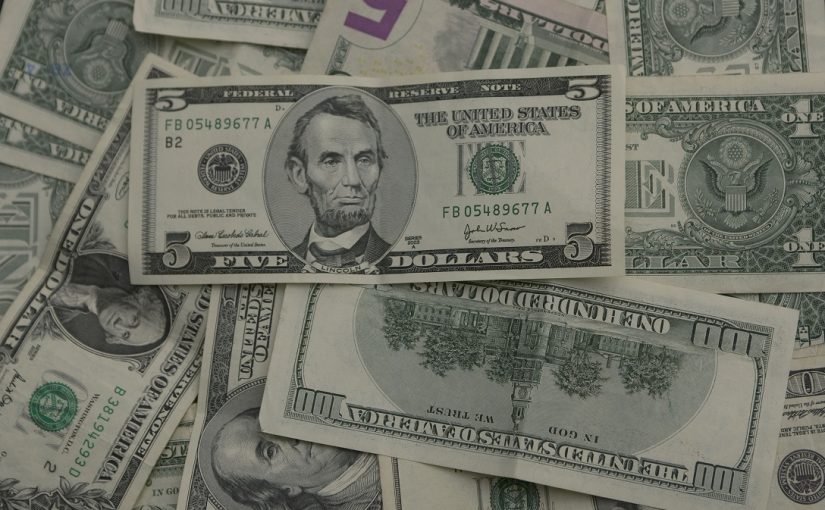
File photo: Lusa
The Portuguese-speaking African countries are expected to receive almost US$1.3 billion when the International Monetary Fund’s (IMF) new allocation of Special Drawing Rights (SDR) is concluded.
According to calculations by Portuguese news agency Lusa, based on analysts from international financial institutions and IMF members, of the total of almost US$1.3 billion, Angola is expected to receive the most, just under US$800 million, followed by Mozambique, with almost US$250 million, and Equatorial Guinea, with around US$150 million.
Also read: G-7 leaders support ‘sizeable’ Special Drawing Rights allocation
The final figures result from converting each of these countries’ current quota into their share of the $500 billion (€420 billion) that the IMF will issue in SDRs, a kind of capital increase distributed among all of the organisation’s nearly 200 member states.
These figures, however, should be the minimum base, as in recent weeks, more and more voices have been calling on the more developed countries to channel part of their allocation to countries in greater financial difficulty.
The prime minister of Barbados, for example, has called on richer countries to channel “half of the SDR they will receive” to developing countries facing severe economic hardship as a result of the pandemic.
On Friday, the G7 announced an agreement to allow the most vulnerable to benefit disproportionately from their IMF quota. Still, it gave no further details on how this would be done, probably during the IMF and World Bank Spring Meetings in April.
The executive secretary of the United Nations Economic Commission for Africa, Vera Songwe, told Lusa that “what Africa is arguing is that, if the allocation is US$500 billion, Africa gets US$25.6 billion, and if it is US$650 billion, it will be US$32 billion, which is still a very low amount”.
The difference in figures is that they are not yet final. There is a question of interpretation as to whether the $500 million referred to several times by world leaders and by the IMF is expressed in dollars or in SDR, which is the IMF’s currency.
“The G7 countries receive 217 billion US dollars and they can lend some of those resources so [African countries can] have access to the market, which is very difficult because the cost of capital is very high,” Vera Songwe added.
“They could lend at the US interest rate, which is 1%, or it could even be 0.7%, which is even cheaper,” she added, noting that the main objective would be to “use some of the resources of the SDR to bring down the cost so that more countries can go to the market without risking questions about debt sustainability.”
The director for the Middle East and Africa at financial rating agency Fitch Ratings said, “SDR allocations are significant in relation to the GDP, but Angola, Mozambique and Cabo Verde are struggling with debt well above 100% of GDP, which shows broader sustainability challenges.”
Speaking to Lusa from Hong Kong, from where Fitch covers these regions, Jan Friederich pointed out that “although Cabo Verde’s debt ratio is the highest in our estimates, the debt structure is more favourable, as a large part is official debt and with a relatively benign payment period.
The outlook is not so positive for Angola: “The country has gained some slack due to recent rescheduling operations, and the recovery of oil prices is helping immediate liquidity pressures, but we remain sceptical that the rapid debt decline envisaged in the programme with the IMF is possible,” the analyst told Lusa.
On the new SDR allocation distribution, Friederich pointed to several options for how more developed countries might decide to help those in greater difficulty.
“What I think is relatively plausible is that the IMF receives a significant increase in the allocation from the Poverty Alleviation and Growth Fund and then would use that for new programmes, but I already find it more difficult to imagine an SDR donation for other countries and in particular the most troubled ones,” the analyst pointed out, stressing that difficulties are arising from the pandemic, “but governance and policy challenges are also a factor in the least developed countries.”
Friederich said it is likely that “richer countries are thinking of a way to use the funds to encourage policy improvements, which is also in line with the IMF Managing Director’s statements regarding borrowing from this new allocation of funds”.
Distribution of SDR allocation in millions of US dollars
Angola………………..800
Cape Verde……………..25
Equatorial Guinea……….150
Guinea Bissau……………50
Mozambique…………….250
Sao Tomé and Principe……..15
Figures rounded to the second decimal place of the IMF quota.


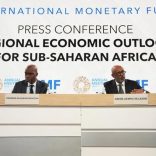
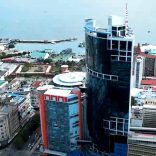




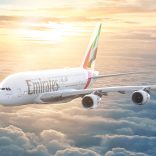
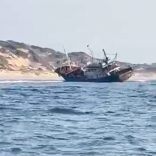
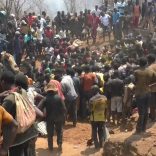


Leave a Reply
Be the First to Comment!
You must be logged in to post a comment.
You must be logged in to post a comment.